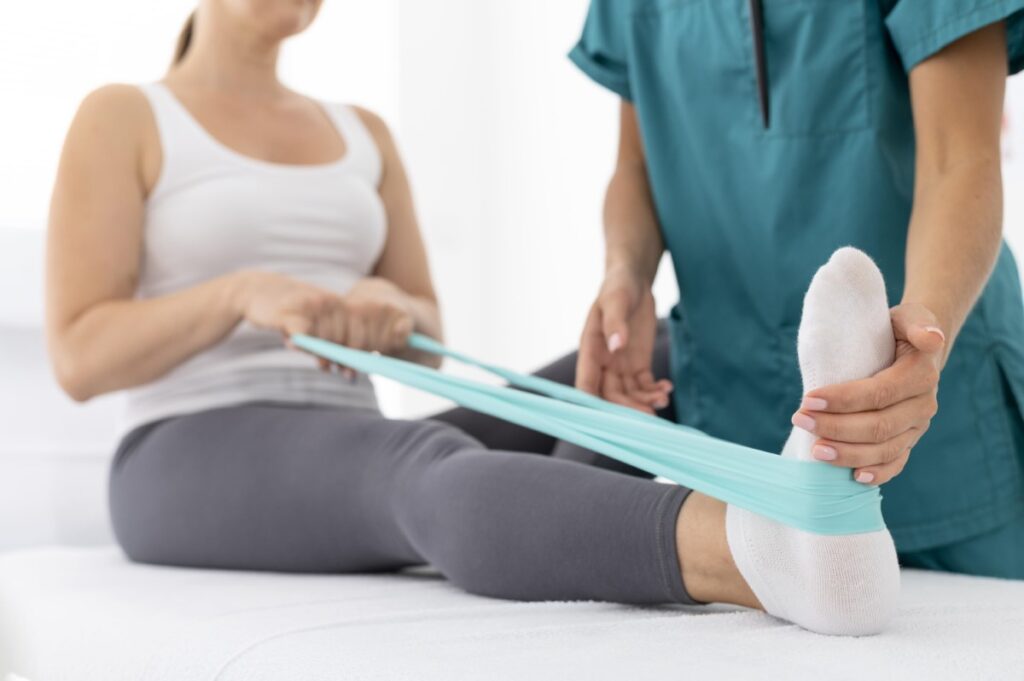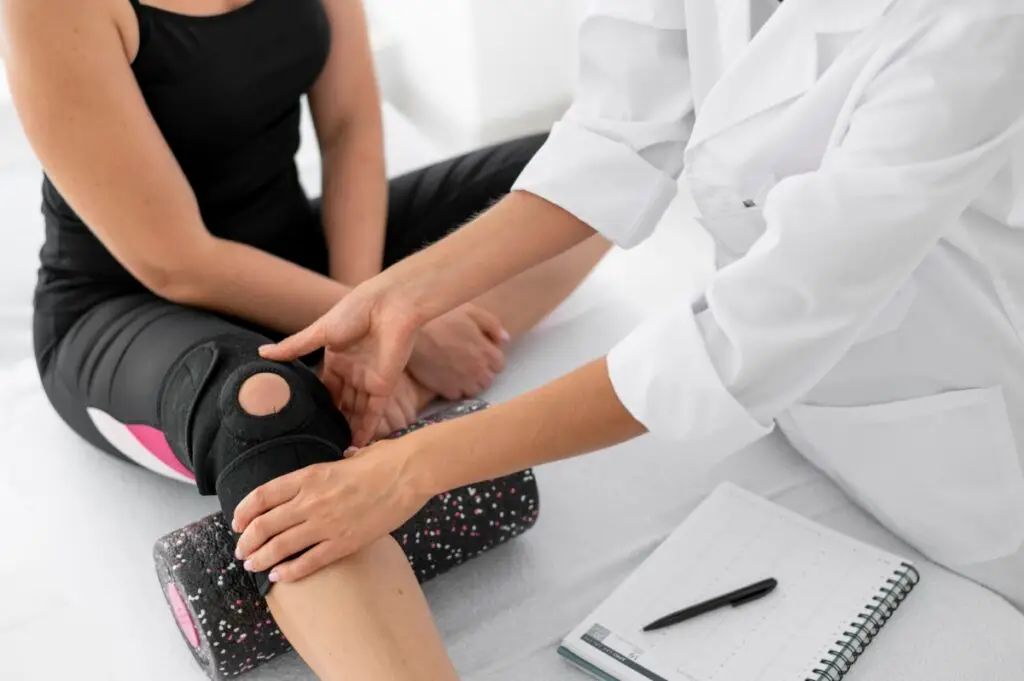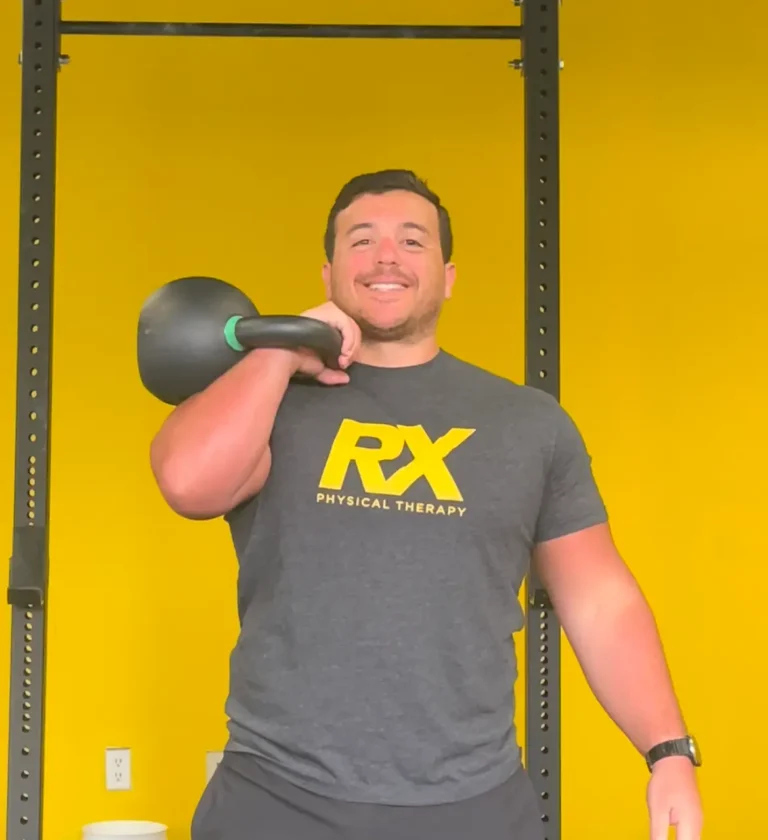One common issue in fitness circles is knee pain when squatting. The knee joint is a complicated structure, and performing squats puts it under excess pressure. This issue affects both athletes and individuals trying to maintain fitness levels. It’s not unusual to hear gym-goers exclaim, “My knees hurt when squatting!” Addressing this pain is vital to prevent long-term injuries.
Understanding Knee Pain from Squats
Most often, your knees hurt when squatting because of the following:
- Poor form
- Limited ankle mobility
- Weak muscles in the hips or thighs
Sometimes, anterior knee pain or patellofemoral pain syndrome can be the primary cause. In some cases, a patellar tendon tear or knee arthritis might be the underlying knee problem causing you pain.
Preventing Knee Pain in Squats
The best way to prevent the knee pain squats cause is to improve your squat form and enhance your ankle mobility. During squatting movements, the knee joint, ankle joint, and feet hip-width assist you in maintaining balance and reducing strain on the knee.
For proper squatting technique, stand with your feet hip-width apart, maintain an upright chest and gaze forward, and descend as if you’re sitting back in a chair. Ensure a balanced weight distribution in the center of your feet, aligning your knees with your feet. Strive for thighs that are parallel to the ground, then exhale as you rise by pressing through your heels.
By maintaining proper form, you distribute your body weight evenly, reducing the risk of injuries and pain. Wearing a knee sleeve can also provide additional support and reduce pain.

Exercises to Strengthen Knee
Leg Presses for Quadriceps Strengthening
The quadriceps are the thigh muscles that substantially support your knee joint. Leg presses are an effective exercise to strengthen these muscles, helping to prevent knee pain and protect against knee injuries.
Hamstring Curls
Hamstring curls target the back of your thigh, strengthening the muscles which support your knee joint. Adding this exercise to your workout can help reduce the risk of experiencing knee pain when squatting.
Calf Raises to Improve Ankle Mobility
By strengthening your lower leg muscles, calf raises support your ankles and knees, enhancing overall ankle mobility. Stand on a flat surface, raise your body onto your toes, then lower back down. Remember to keep your knees at the same level as your ankles to avoid unnecessary stress on the knee joint.
Regular Stretching
Including a stretching routine in your physical activity can improve flexibility, alleviate knee pain, and help prevent common complaints like patellar tendonitis and runner’s knee.
Home Remedies and Lifestyle Changes to Aid Recovery
- Use the Rest, Ice, Compression, and Elevation (RICE) strategy to reduce swelling and alleviate pain after a knee injury.
- Avoid prolonged sitting or performing deep squats. These activities can exacerbate knee pain. Taking regular breaks to move around is important, which can help alleviate knee pain.

Rehabilitation and Management of Knee Pain from Squats
At RX Physical Therapy, we understand that knee pain can significantly hinder physical activity, including squats. Our team of physical therapists specializes in providing effective solutions for knee pain, ensuring you can resume your workouts without discomfort. If you’re in Wayne, NJ, and seeking expert assistance, look no further.
Take a step now towards a pain-free life and schedule an appointment for physical therapy in Wayne, NJ, today.


